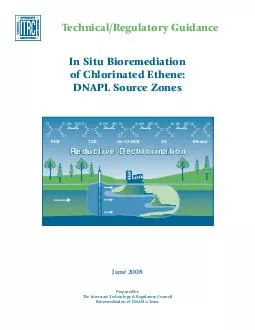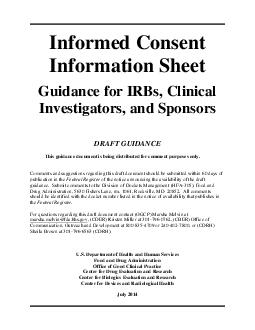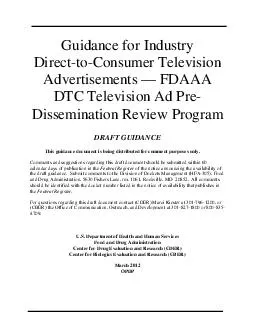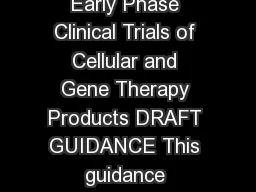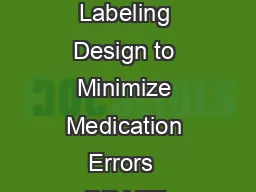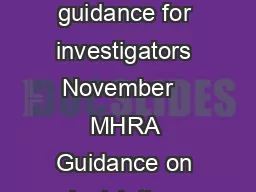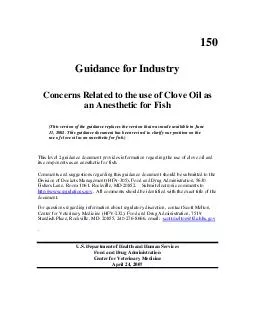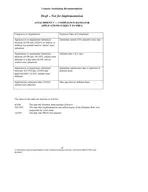PDF-TechnicalRegulatory Guidance
Author : evelyn | Published Date : 2021-10-01
In Situ Bioremediationof Chlorinated EtheneDNAPL Source ZonesJune 2008Prepared byThe Interstate Technology Regulatory CouncilBioremediation of DNAPLs Team In Situ
Presentation Embed Code
Download Presentation
Download Presentation The PPT/PDF document "TechnicalRegulatory Guidance" is the property of its rightful owner. Permission is granted to download and print the materials on this website for personal, non-commercial use only, and to display it on your personal computer provided you do not modify the materials and that you retain all copyright notices contained in the materials. By downloading content from our website, you accept the terms of this agreement.
TechnicalRegulatory Guidance: Transcript
Download Rules Of Document
"TechnicalRegulatory Guidance"The content belongs to its owner. You may download and print it for personal use, without modification, and keep all copyright notices. By downloading, you agree to these terms.
Related Documents

